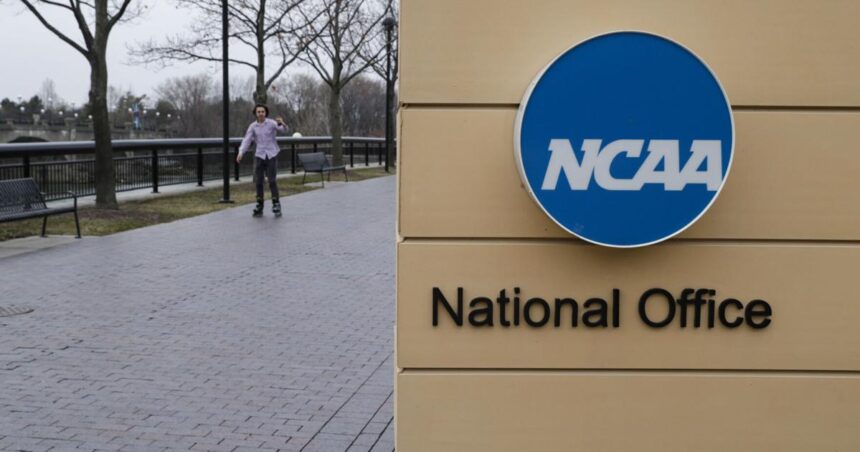Iowa State has already abandoned plans for a new wrestling facility. Texas A&M has laid off around a dozen athletic staff members. This could just be the beginning as millions of college revenue shifts towards athletes instead of escalating coaching salaries, facilities, and growing athletic department staff.
A revenue-sharing model detailed in the recent $2.8 billion antitrust settlement proposal from the NCAA and five major college conferences allows schools to allocate up to $21 million annually to athletes, or up to 22% of the average power league school’s annual revenue. This means athletic departments nationwide will face budget challenges and potentially difficult decisions in the near future.
“At the end of the day, this is an economic earthquake within the system,” remarked Andrew Zimbalist, economics professor emeritus at Smith College. “And the system is in a very uncertain and risky state right now.”
People are also reading…
Realignment, the transfer portal, and the rise in name, image, and likeness (NIL) compensation have already brought significant changes to college athletics. Resolving the antitrust claims over the next decade will bring even more disruption and mark the end of an amateur athletics model that has been in place since the NCAA’s inception in 1906.
… (remaining content)





